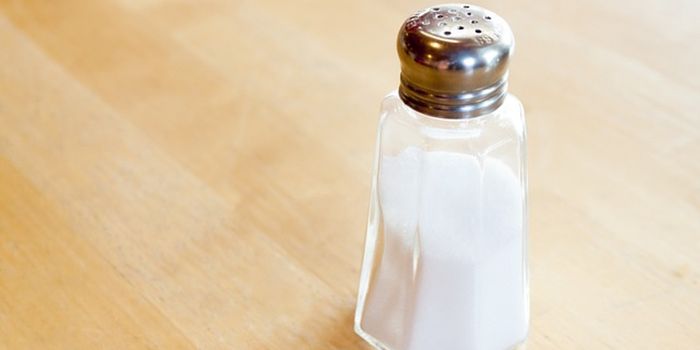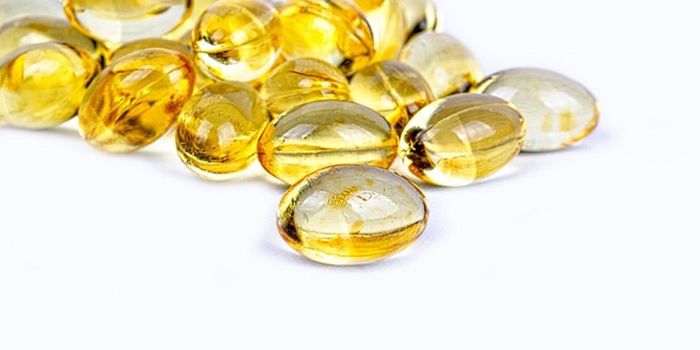Preventing Dangerous Blood Clot Formation Without Blood Loss From Wounds
The development of a blood clot could be very beneficial or very dangerous, depending on the situation. On one hand, a blood clot prevents too much blood loss when you receive a cut or other wound. But outside of the wound environment, a blood clot becomes a blood vessel hazard, blocking the regular flow of blood to the tissues.
From Thomas Jefferson University, scientists provide an alternative to traditional blood-thinning drugs - like aspirin - that only interfere with clot formation at the cost of necessary blood loss prevention. The new approach instead finds a balance, an equilibrium that results in uninhibited blood flow and healthy wound clotting.
The platelet-to-thrombus transition
Platelets are activated when there is an injury that requires clotting to prevent dangerous blood loss. After activation, platelets link together and form a “platelet plug” before undergoing clot retraction, a process of shape-changing and blood cell-binding to cover the space made by the wound. Clot retraction regulated by a signaling process called outside-in signaling. When clot retraction goes wrong, a thrombus can leave the wound area and flow through a blood vessel, where it becomes an obstacle for regular blood flow.
Based on previous studies, Thomas Jefferson University scientists thought that a protein called CIB1 could have all of the thrombus-preventing abilities but presents no danger to blood loss. Mice lacking the gene coding for this protein were less likely to form a thrombus but could easily still form a platelet plug, indicating that CIB1 could prevent dangerous blood clots without interfering with healthy clotting.
CIB1 in human platelets
They confirmed their theories in the present study, where they probed molecules interacting with CIB1 after activation of human platelets. They found that CIB1 indeed does not bind and interact with platelet molecular machinery until after platelets begin to link together to form a platelet plug. They also identified specific molecules involved with CIB1 activity during outside-in signaling and thrombus formation.
"This work demonstrates that CIB1 could be a good anti-thrombotic drug target," said senior author Ulhas Naik, PhD. "If we block CIB1, it hampers thrombus formation without interfering with platelet plug formation. If developed further, blocking CIB1 could reduce the risk of heart attack and stroke without increasing the risk for excessive bleeding that is the trade-off of current medication."
The present study was published in the journal PLOS One.
Source: Thomas Jefferson University









